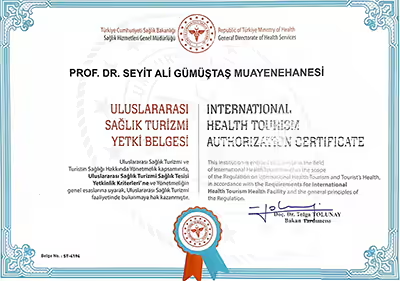English, Русский, O‘zbekcha, Türkçe
![]()
![]()
SOFT TISSUE TUMORS
Most of soft tissue tumors (10 times more common than malignant ones) are benign. That is, they grow slowly, do not damage neighboring tissues, do not spread to another organ and do not pose a threat to life, they can be followed for a long time and are unlikely to recur when removed. Such tumors are called according to the tissues they originate from (fat (lipoma), nerve (schwannoma), fibrous tissue (nodular fasciitis), muscle tissue (leiomyoma) and vein (hemangioma) etc.). Some of them are considered in the subclass of tumor-like formations (fibromatosis, tenosynovitis, xanthoma, elastofibroma).
There is also a group within soft tissue tumors that we call locally aggressive, which causes damage to its place and which recurs frequently (recurrence) and which presents as pigmentevilvonodular synovitis (PVNS), and aggressive fibromatosis (desmoid tumor) despite they being properly removed by surgery.
Malignant soft tissue tumors are rare. They usually appear after the age of forty. They are large, deeply located, rapidly growing tumors that can cause pain more often than benign ones, can recur despite removal, spread to other organs (often the lungs), and can be life-threatening. Tumors in this group are called according to the tissue from which they originate (fat (liposarcoma), nerve (malignant schwannoma), muscle (rhabdomyosarcoma), vein (angiosarcoma), etc.), as in benign ones.
Diagnosis in Soft Tissue Tumors
In soft tissue tumors, the diagnostic process begins with listening to the patient's complaint and examining it. Although ultrasonography is an auxiliary imaging examination, routine medicated (contrast-enhanced) MRI is performed. The diagnosis of many soft tissue tumors can be made after these stages are completed, but we perform biopsies on tumors that we suspect. The biopsy procedure is often performed as closed with the help of a needle under local anesthesia. It is recommended that the biopsy be performed by a doctor with experience who can perform the patient's surgery if necessary. An experienced pathologist plays a vital role in evaluating the part taken. If the result is malignant, it should be determined whether it has spread to another place (metastasis) by conducting additional tests (such as PET-CT or Lung tomography).
Treatment in Soft Tissue Tumors
Some of the benign soft tissue tumors (eg: lipoma, hemangioma) can only be followed up without the need for any treatment. A large majority of them are treated by removing them cleanly in one piece with surgery. In benign tumors, additional chemotherapy or radiotherapy is not administered.
Addition to surgery, radiotherapy or chemotherapy can be administered to patients in the group we call locally aggressive (PVNS, Desmoid tumor). These patients should be closely monitored for the risk of recurrence of the tumor.
In malignant soft tissue tumors, radiotherapy is administered before or after surgery. Both methods have advantages and disadvantages over each other. Chemotherapy is not performed routinely, but it is given if there is a spread to another organ during screening. After treatment, patients should be followed for a long time at certain intervals for recurrence or a spread to another organ.
Address
Teşvikiye Mah. Hakkı Yeten Cad.
Doğu İş Merkezi , No:15 Kat:7
Şişli, İstanbul


